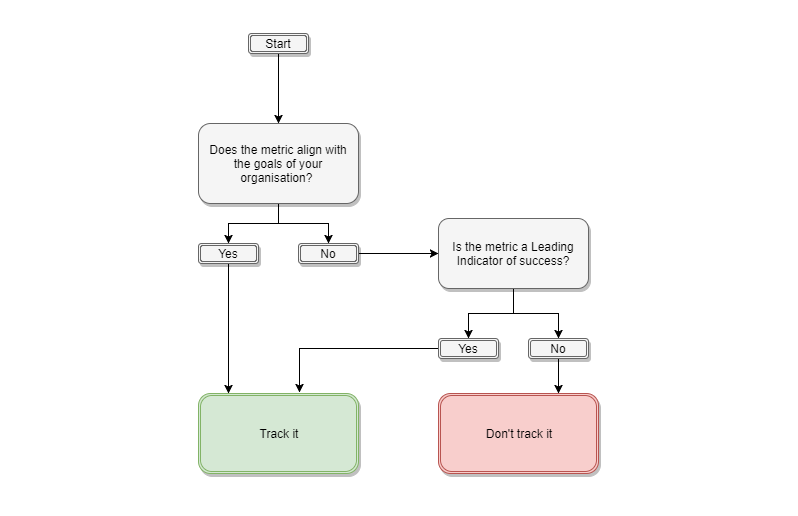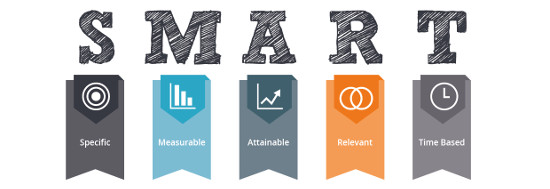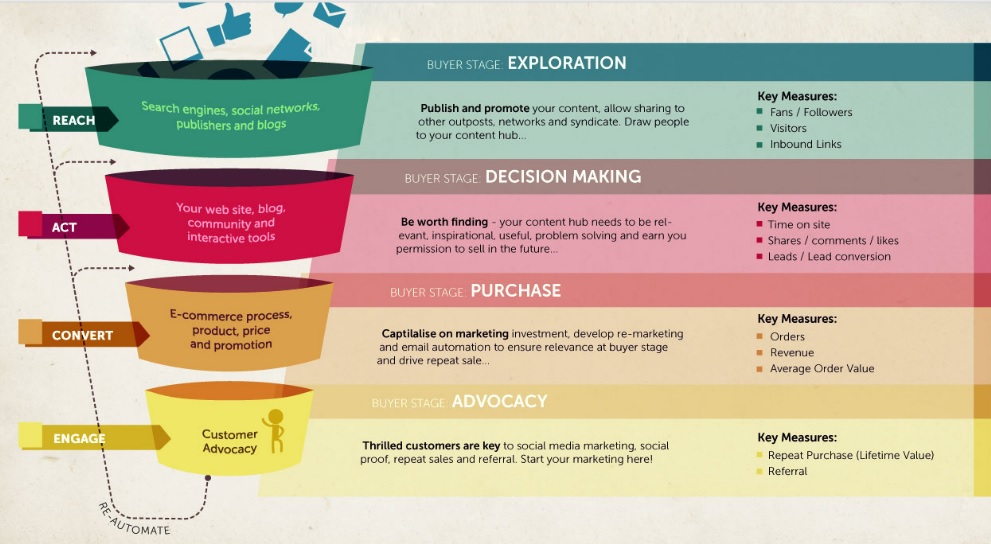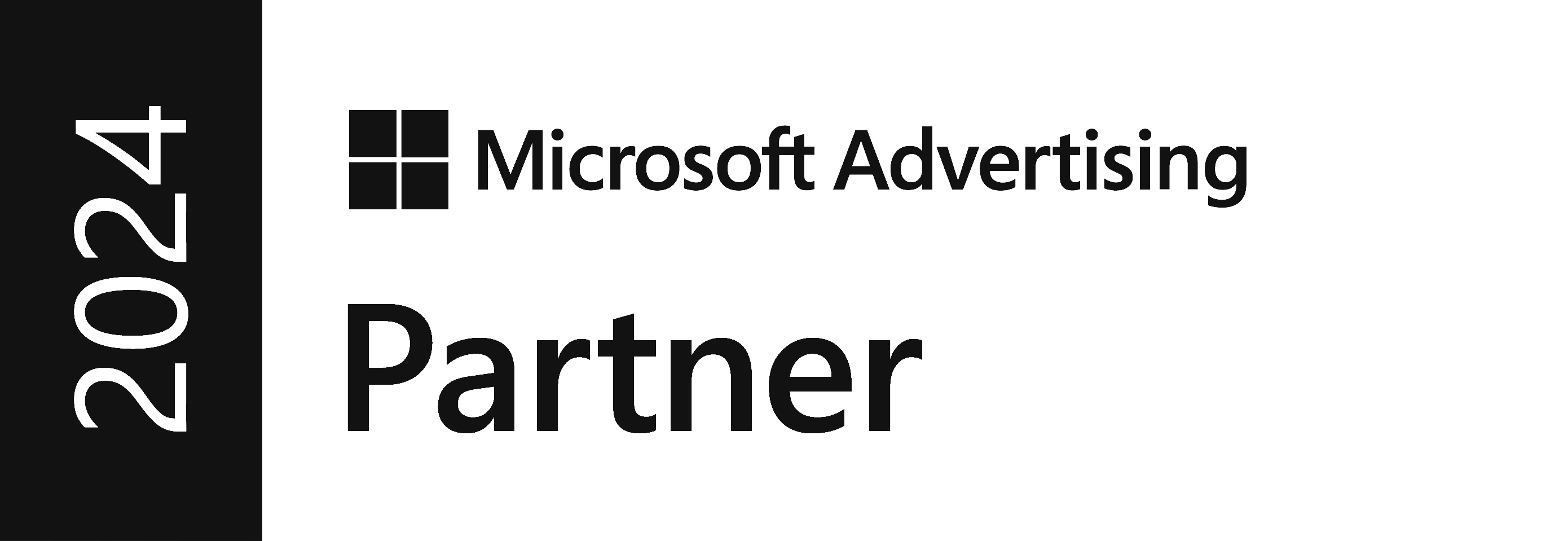HOW TO SET DIGITAL MARKETING KPIS
Key Performance Indicators or KPIs are quantifiable goals which help you to measure success. For digital marketers, they are a useful way of setting expectations and proving a beneficial level of performance. Digital marketing is often seen by outsiders as difficult to explain or measure but this really isn’t the case. The success of a digital marketing campaign will typically be easier to measure than an offline marketing campaign and KPIs help us to do that.
In this post we’ll cover:
When you’ve read this post you should be in a position to set KPIs to measure what really matters in a way which all parties can agree on. We’ll touch on negotiating KPIs and setting boundaries so that you can measure your team’s performance over time without setting unrealistic expectations.
What to measure
Choosing what to measure is the most important part of setting a KPI, it’s easy to go wrong at this stage and render the whole process pointless from the start. Don’t panic though, it’s pretty simple – you just need to measure factors which will have an impact on your goals as an organisation.
Some KPIs will be connected to a “conversion” which can be defined as any valuable online interaction somebody has with your organisation. There are no strict rules concerning what a conversion can be – it is up to you to define what constitutes a valuable action on your website. However, as a general rule, conversions should be specific (i.e. easily defined and measured) and notably beneficial E.G. a user buying a product online or filling in a contact form for more information.
DO MEASURE
Quantifiable metrics which align with the goals of your organisation. These will often be sales if you work in E-commerce or leads if you’re in a B2B industry. If you work for a startup you might measure exposure and brand awareness whilst you launch yourself into the market.
Leading Indicators. A leading indicator is used in economics to give an early indication of which way the economy is headed. In marketing, a leading indicator would show you that your activity is starting to work even if it hasn’t yet had a significant impact. For example site engagement (visitors who view 3 pages but don’t convert) rather than conversions.
DON’T MEASURE
Things outside of your control. If you can’t change it, it probably isn’t a KPI, although you still might want to measure it elsewhere.
Vanity metrics. A page 1 ranking for a keyword which doesn’t provide any tangible benefit to your organisation isn’t worth the effort. An extra 1,000 Facebook likes isn’t necessarily going to make much impact. 1,000 site visits aren’t going to help unless someone converts.

Channel-specific KPI’s
Some KPIs will be channel specific and some will be relating to overall business goals such as leads or sales. Most organisations will need KPIs which are a mixture of the two in order to measure channel performance and the impact this has on overall goals. Often different individuals or teams will run different channels so each channel will need to be measured separately.
Below are some examples of possible Leading Indicators and KPIs for 6 digital marketing channels. These are based on an E-commerce model so heavily focused on conversions and revenue.

As you can see, not all channels have the same primary KPI. In fact, it might be unrealistic, depending on your industry, to expect social media to have an impact on revenue, instead your primary KPI for your social media marketing might be reach.
In this example PPC has a primary KPI of Cost per Acquisition rather than Revenue – if the cost per acquisition is right we might choose to increase the budget. This would lead to an increase in revenue but that’s to be expected whereas reducing the CPA is a better measure of how well the PPC team are performing.
Budgets and KPIs
A few weeks ago I went to an event called Like Minds Ideas Festival which Optix was sponsoring. I attended a Workshop called How to Build your Digital Strategy presented by a man from Indus Net Techshu, a very successful Digital Marketing agency from India. Amongst many interesting ideas one stood out:
“YOUR KPIS CAN BE FIXED OR YOUR BUDGET CAN BE FIXED. YOU CAN’T FIX BOTH.”
This isn’t a new idea but it was expressed in such a simple way that it hit home. I scribbled it down in my notebook and underlined it twice.
The idea of KPIs being so heavily dependant on budget is particularly apt for PPC Campaigns. Often decision makers will have an idea about what KPIs they want to achieve along with what budget they want to spend before talking you, the expert. This would be okay if it was based on data but chances are it has been plucked from the ether.
AN EXAMPLE
It’s no good asking for 20 conversions with a spend of £500 if your target keywords cost £5 a click and your site has a 4% conversion rate.
500 [£spend] ÷ 5 [£CPC] = 100 [visits] x 0.04 [4% conversion rate] = 4 [conversions]
A good PPC expert would set a KPI of around 4 conversions for this spend and then explain what they could do to help you bring your CPC down and your conversion rate up. They would ask if you would be willing to increase your spend to £2,500 in order to bring in 20 conversions. They might suggest a KPI of X conversions based on getting your CPC down to X in X months based on their experience. What they won’t do is just nod and agree to a KPI which they know isn’t achievable.
S.M.A.R.T KPI’s
I recently attended a management course run by a local company called Crisp CPD. The trainer talked about the importance of ensuring that all employee objectives are clear and quantifiable. If you set a task without the appropriate detail you won’t be happy with the outcome and it’ll be your fault. Goals should therefore always be smart:
Specific
Measurable
Achievable
Relevant
Time-Bound

Image via wiredmarketing.co.uk
These are pretty self-explanatory (and covered in much more detail in this post by MindTools) so I won’t explain each part. The key takeaway is that you should never assume that the other party sees the KPIs the same way you do. For example “I want you to double conversions” could mean different things to different people. “Achieve a 100% increase in qualified conversions YoY be the end of quarter 4” is a lot less open to interpretation. Ensuring your KPIs are SMART will save you a lot of bother down the line.
Negotiating KPIs
Setting KPIs can sometimes be a little like negotiating. It’s easy to agree to a figure you aren’t happy with in order to end the awkward conversation and move on but this isn’t necessarily the best course of action. If you can hold your nerve and argue your corner it’ll pay off in the long run. Explaining why you didn’t achieve a KPI (and why it was unreasonable in the first place) isn’t much fun. You’re better off being able to say “we hit that KPI like we said we would, let’s set a new one now”.
If the person you’re negotiating with pushed you on the KPI you’ll need to be prepared. Roger Fisher and William L. Ury’s book Getting to Yes: Negotiating Agreement Without Giving In they explain that adding new factors can help to break a deadlock in negotiations. Rather than both parties trying to move a figure either up or down, you introduce a new element which might have more wiggle room. In this case you might ask for more budget or more man-hours. Or you might suggest lowering a different KPI so that you can place more focus on this one as it’s clearly very important to the other party.
KPI Boundaries
S.M.A.R.T KPIs are a great way of detailing exactly what needs to be achieved but they are literally hit or miss as you either deliver on them or you don’t. A 95% increase in conversions when you’ve agreed to a 100% increase could be seen as either “near enough” or “not good enough” depending on your point of view. A good KPI allows for this by having all parties agreeing on what is acceptable up front.

A traffic light system can be used in Excel to measure KPI performance
When I was a young digital marketer working in SEO I was given a new client who had set KPIs with the salesperson who closed the sale. The salesperson (who was receiving a commission) was rather… optimistic when agreeing to double organic traffic to 6 geographic subfolders of the international site in 6 different languages within 6 months. This was not a realistic KPI particularly considering that one of the subfolders was in Russian – it’s pretty hard to do SEO in a language which uses an alphabet you don’t understand.
Somehow, using every trick in the book, I achieved two-thirds of the impossible and 4 out of 6 subfolders saw a 100% increase in traffic. I was overjoyed but the client had promised their boss the impossible so as far as she was concerned I had completely missed the KPI.
The RACE model KPIs
If you follow Smart Insights you’ll already be familiar with the RACE model framework which splits the customer journey into 4 main stages:

If this framework is something you use, you might want to match your KPIs to different stages of the process, for example:

In this instance, you’re able to track your performance across the main stages rather than just focusing on conversions.
Time and progress
Using the S.M.A.R.T model all your KPIs will be time-bound which means that it’s easy to understand how well you’re doing as you progress. It’s important to update the other party on a regular basis so that they don’t encounter any nasty surprises.
If you aren’t on track and it’s not your fault it’s important to flag this up as soon as possible. If, for example, you’re working on an SEO campaign and the client/developers haven’t implemented any of your recommended changes you need to explain why this is an issue and how it will affect the end result. For example:
“I KNOW THAT YOU’VE NOT BEEN ABLE TO FIND THE RESOURCE TO IMPLEMENT THE CHANGES AND THIS IS UNDERSTANDABLE GIVEN EVERYTHING ELSE BEING WORKED ON. I THINK IT’S BEST THAT WE RE-CALCULATE THE KPIS TO TAKE THIS INTO ACCOUNT.”
It’s important that you do this before the KPI is due. Turning up to a 6 monthly catch up with excuses (even if they’re reasonable) will not endear you to anyone.
Conclusion
There are lots of factors to be aware of when setting KPIs but some extra time planning up-front will be worth the investment. Knowing how to choose suitable KPIs is a key skill for digital marketers both agency side and in-house.
My goal for this post was to provide some insight which might help others to set, measure and deliver on their KPIs. Hopefully it has done that, however, if you have anything to add or a question to ask please do so via Twitter.
A version of this post was featured on Smart Insights.

1st Floor, Alphin Brook House,
Alphin Brook Road,
Exeter EX2 8RG
MORE THAN
Digital
Marketing.
View our sustainability page.
PPC for B2B
PPC for Law Firms
PPC for Luxury Ecommerce Brands
PPC for Travel and Tourism





